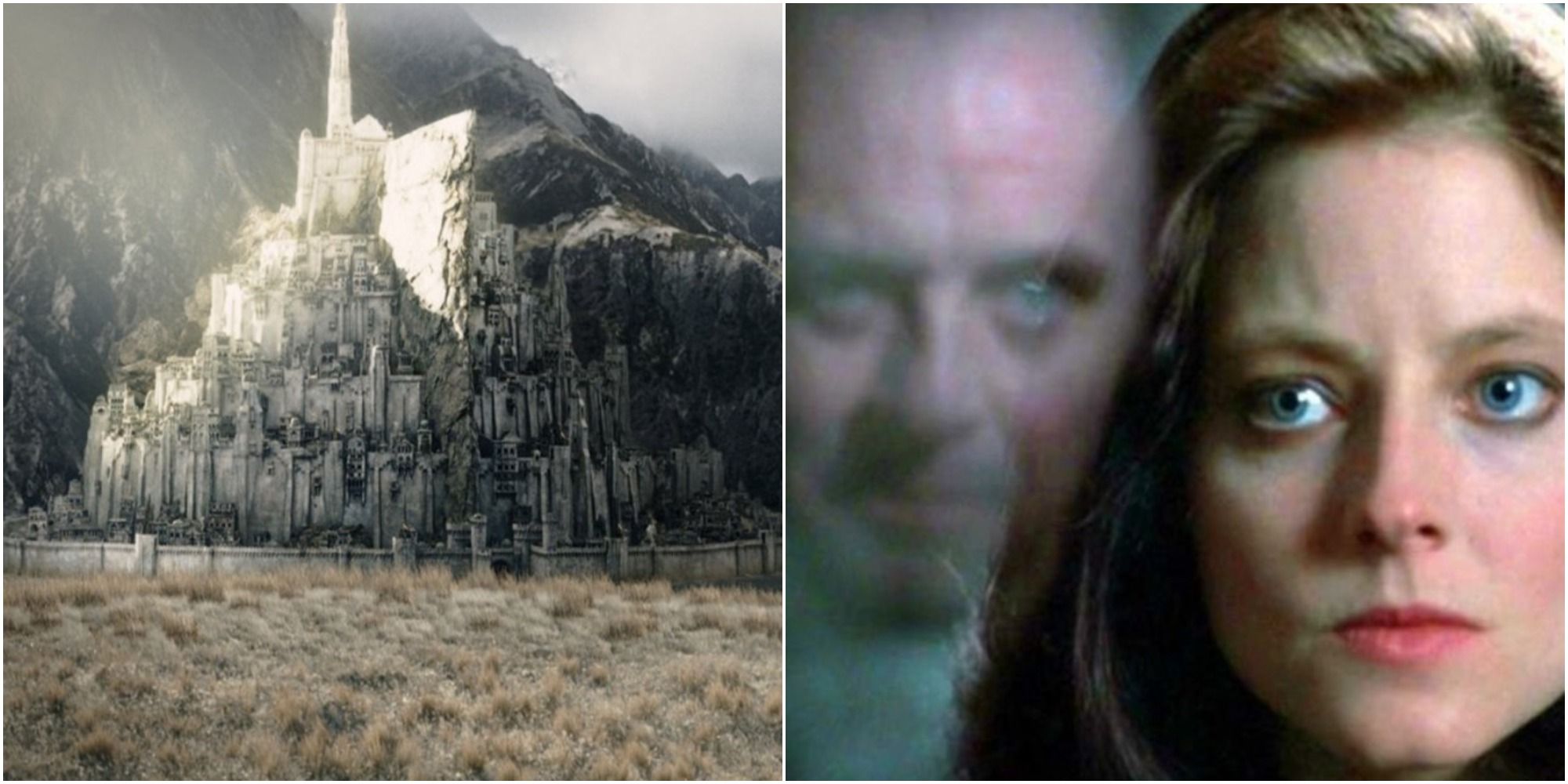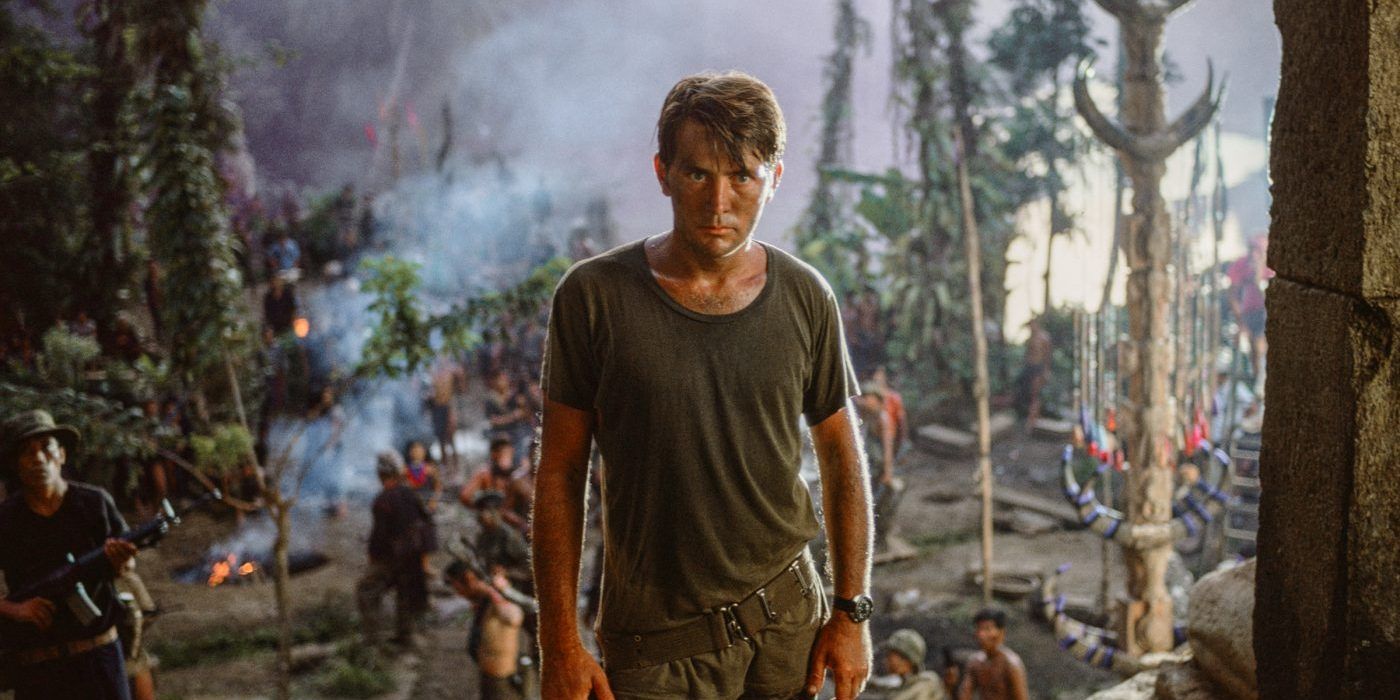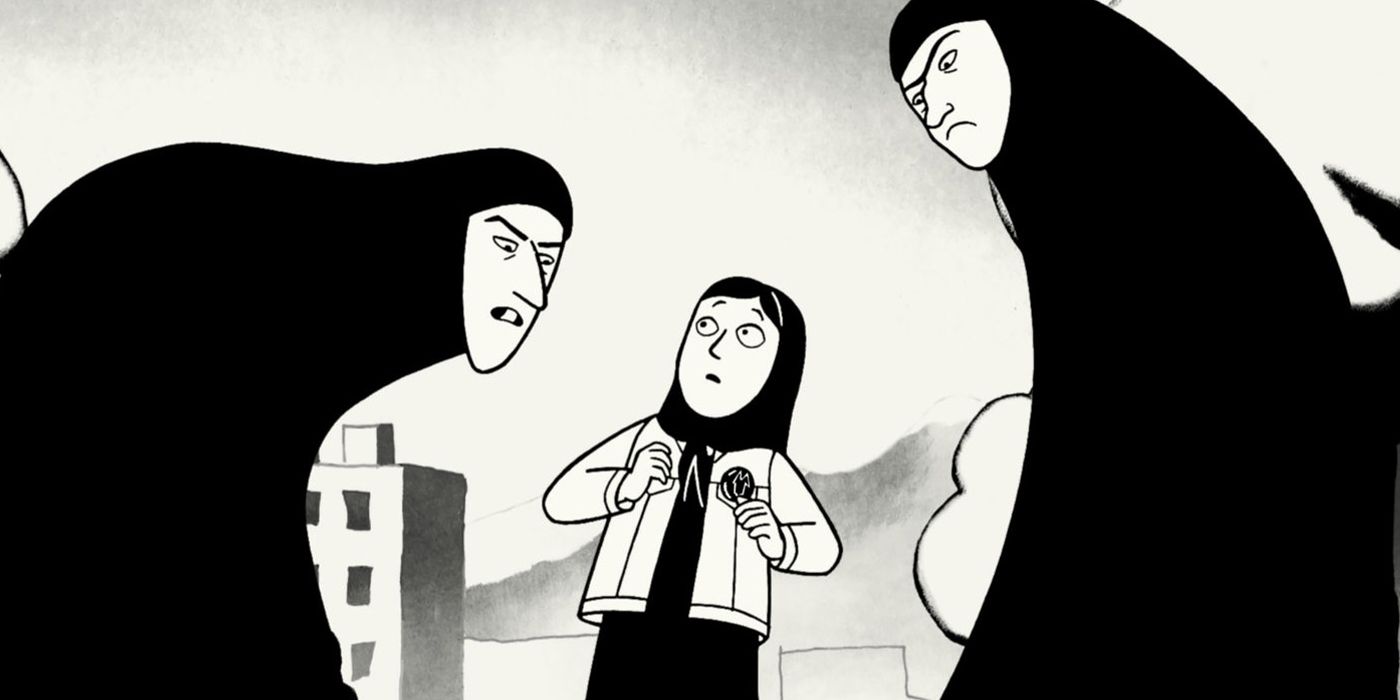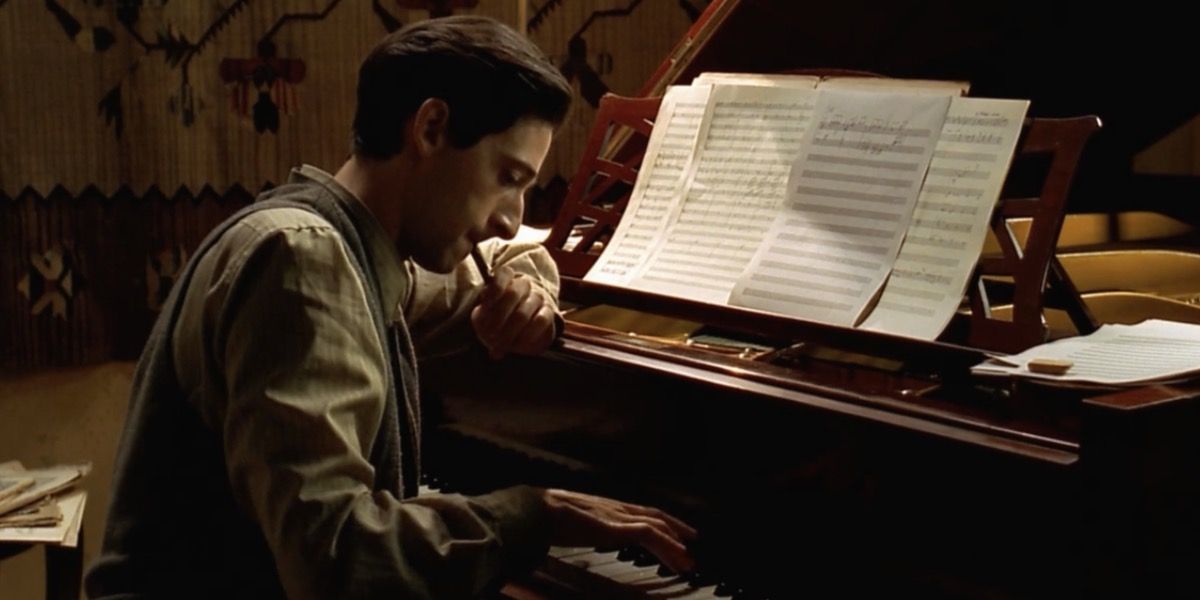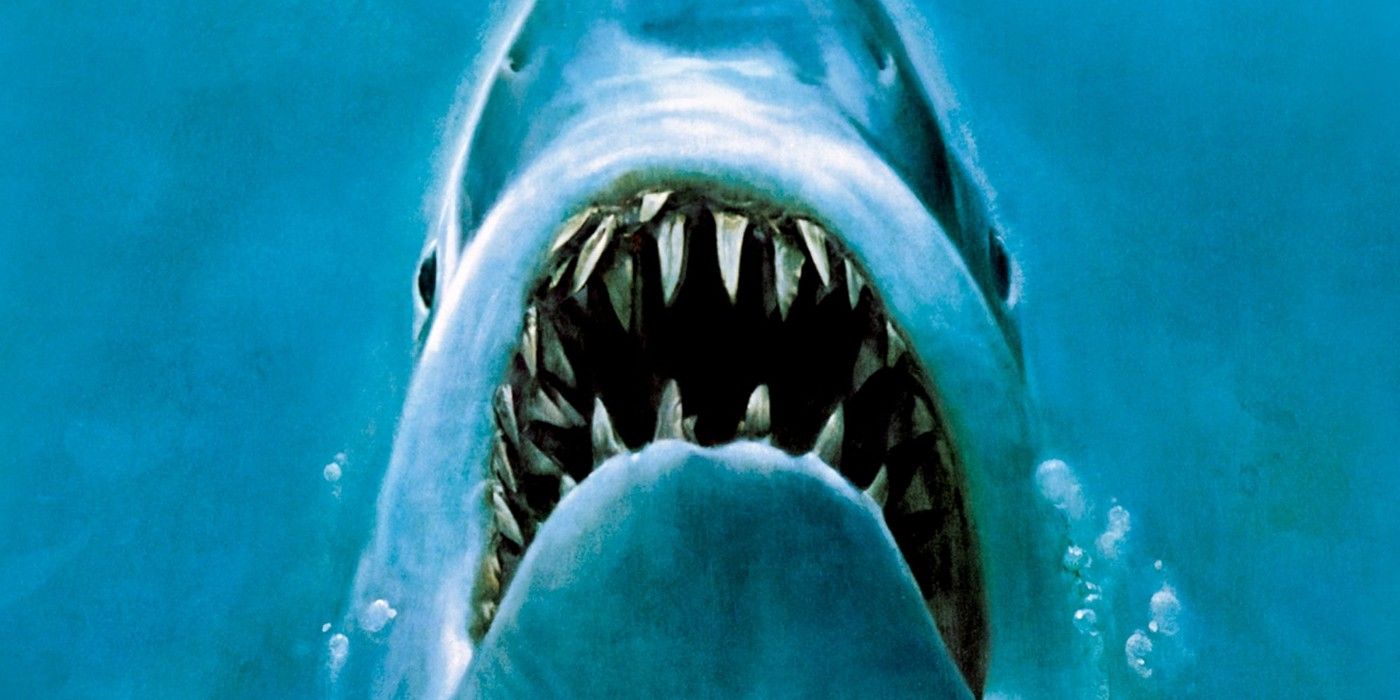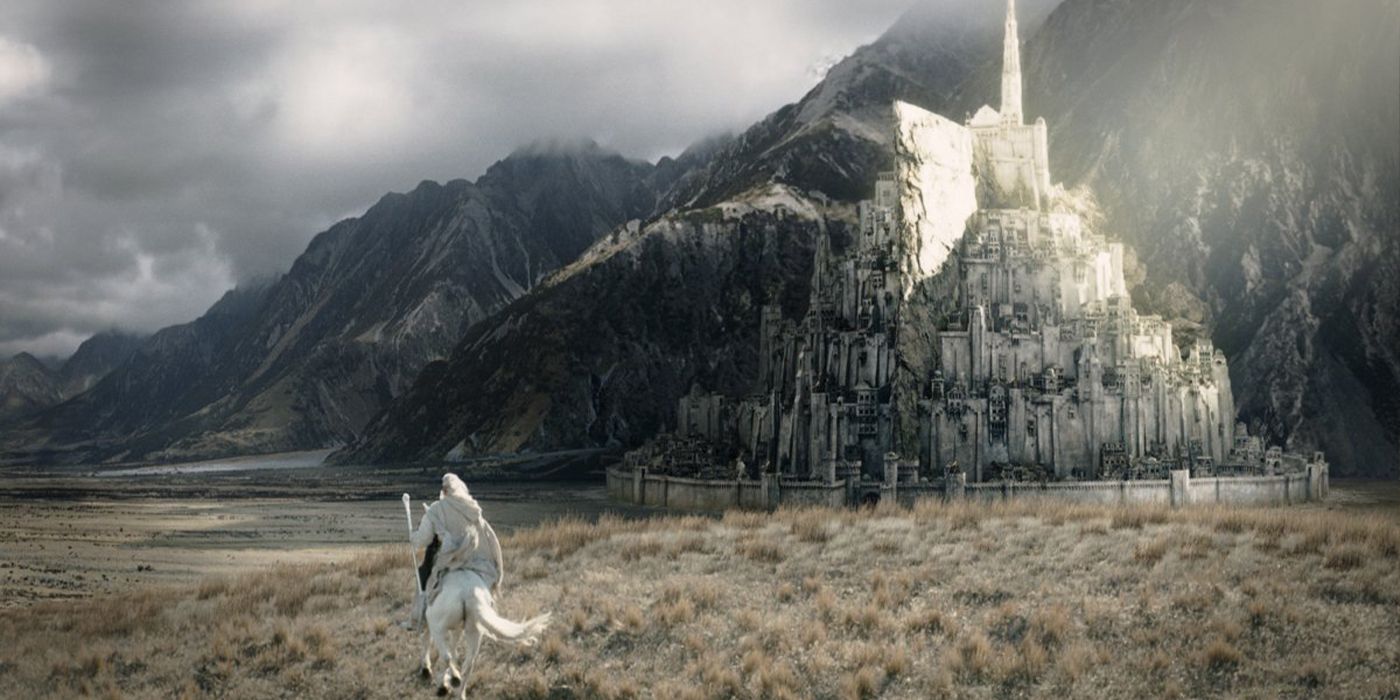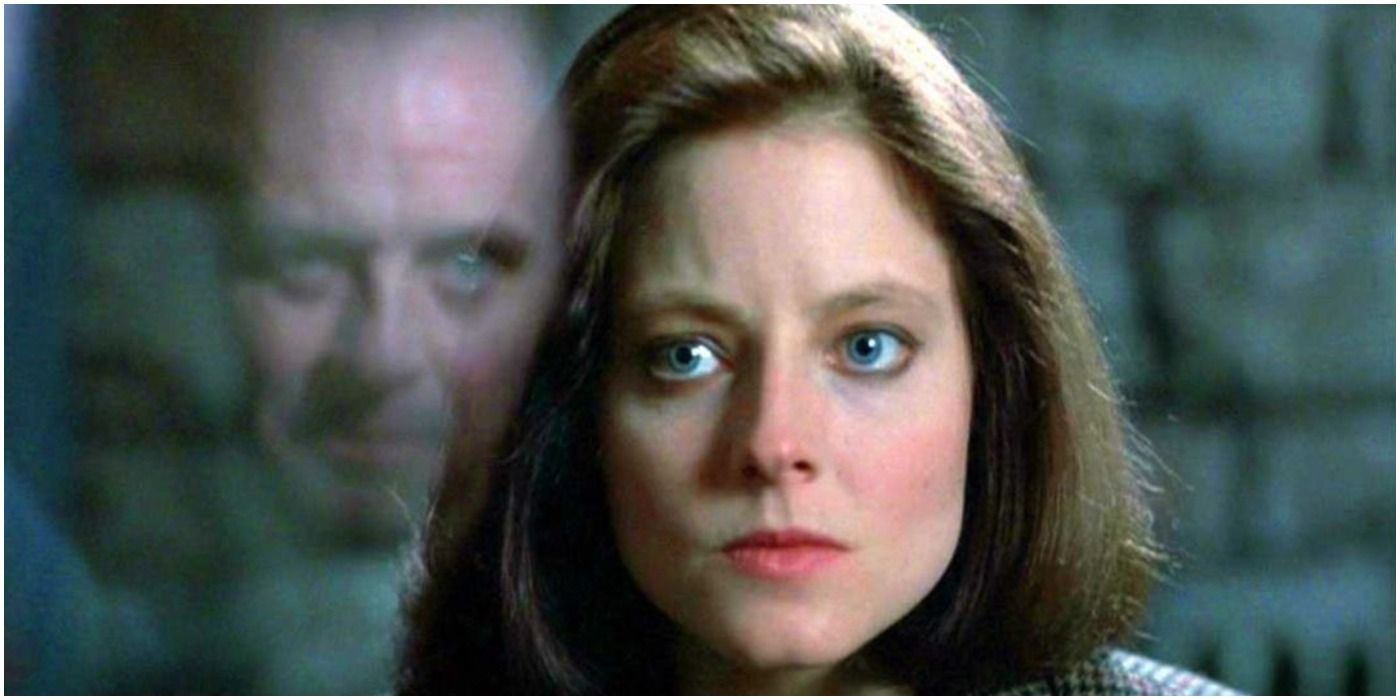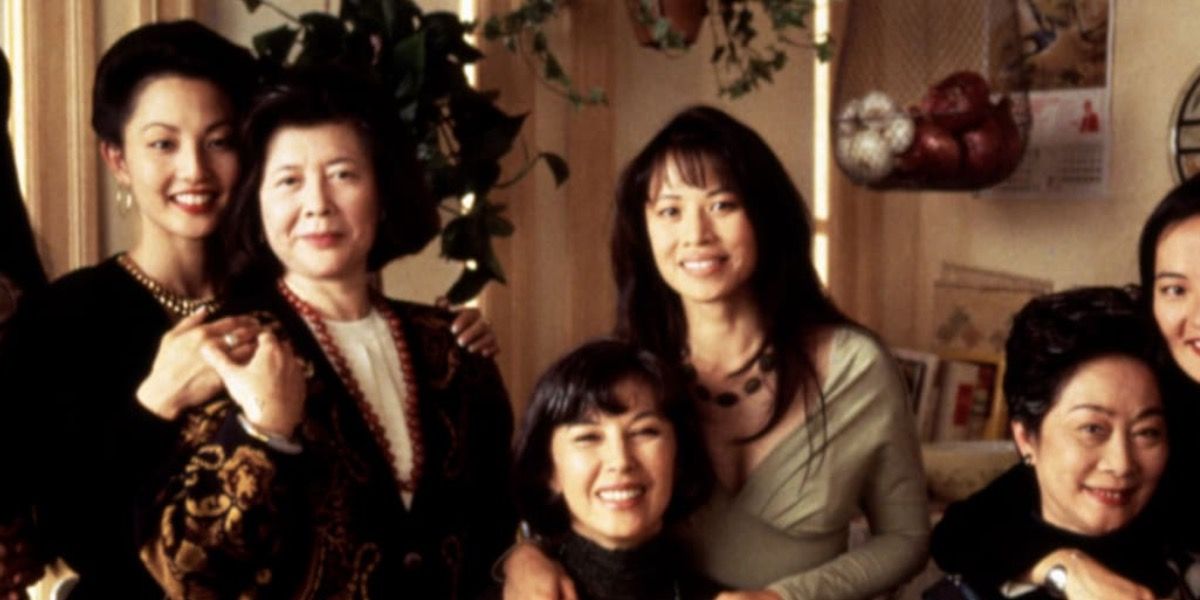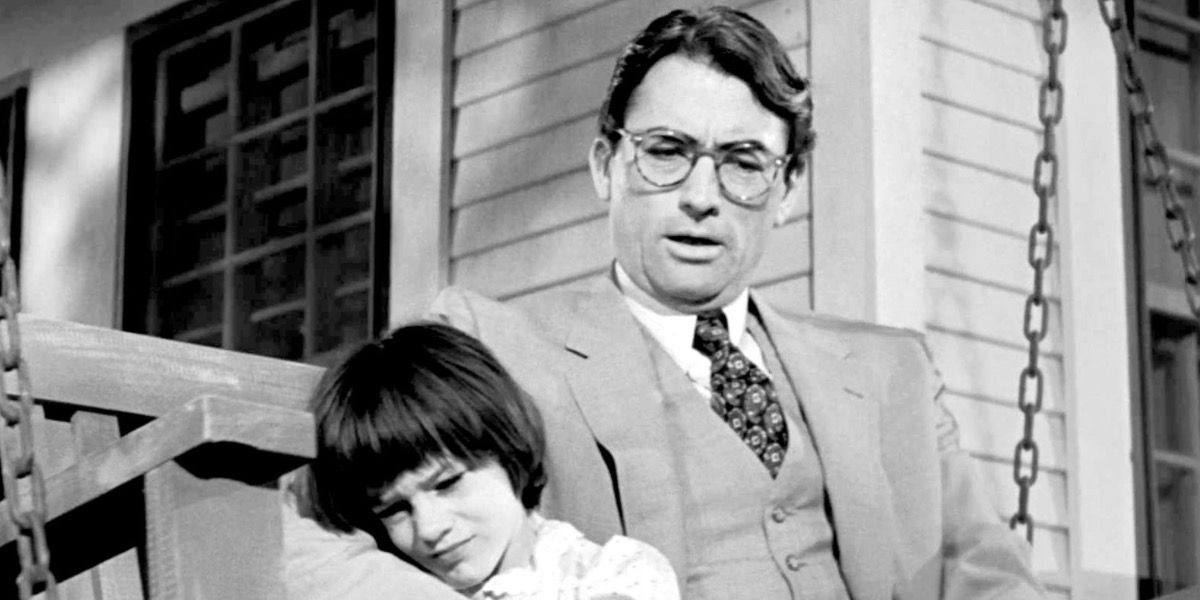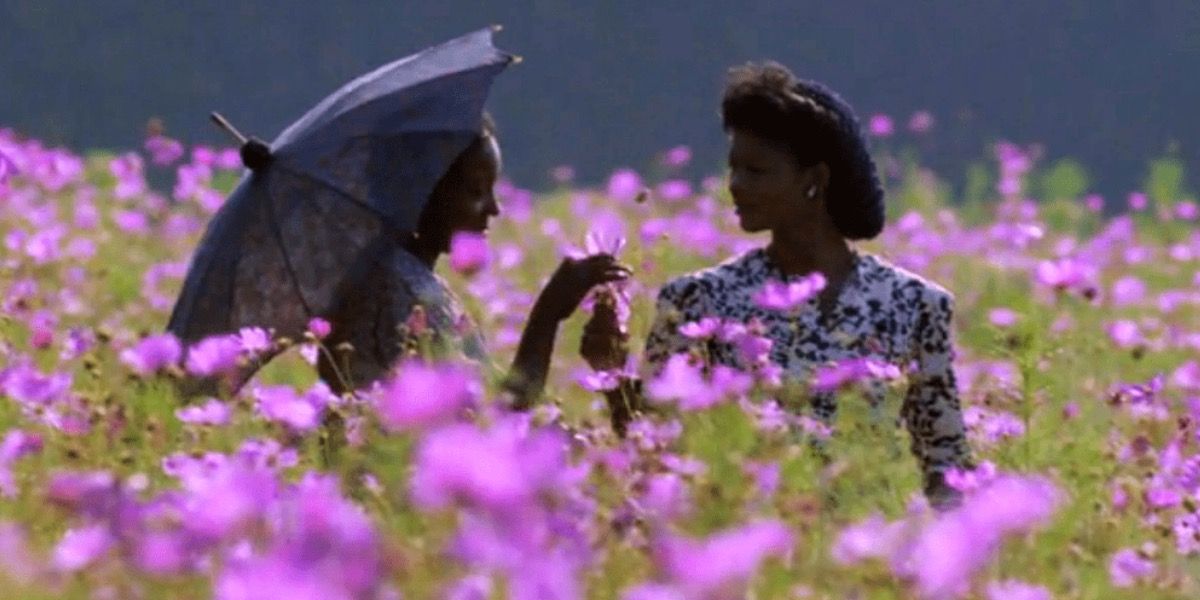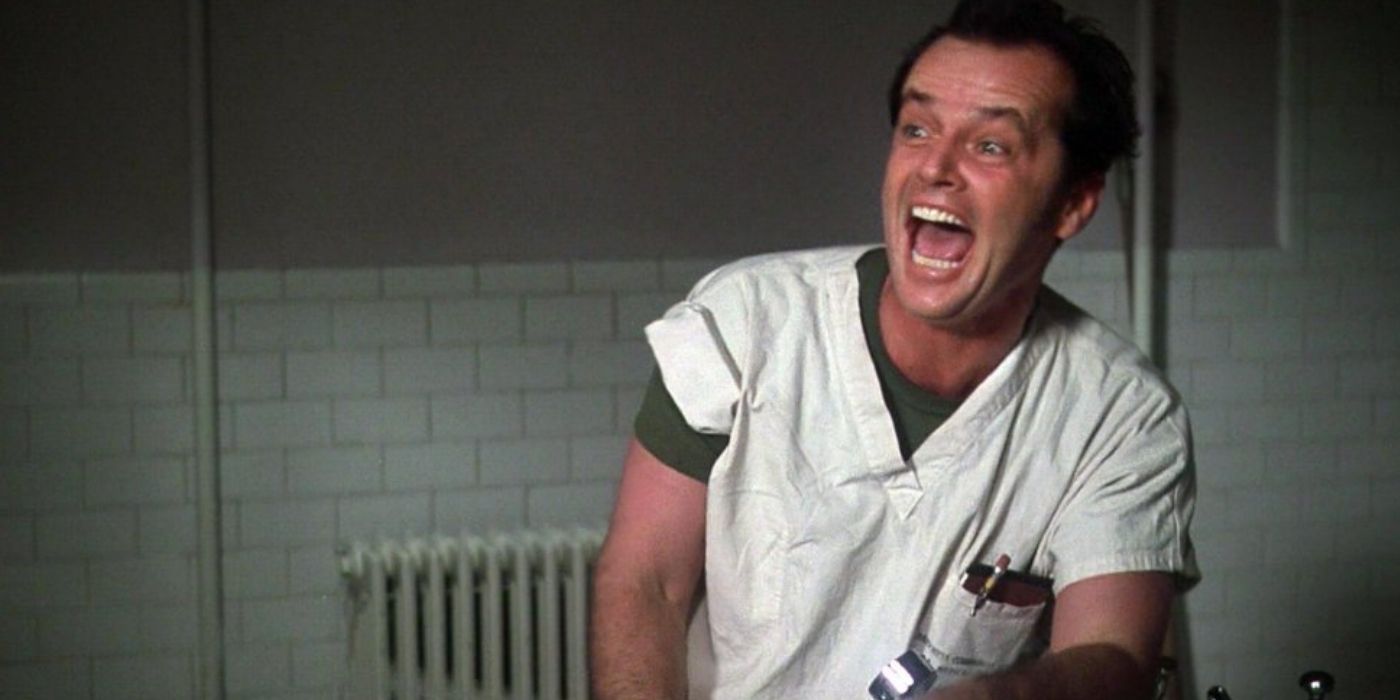Movies were invented in the late 19th century and immediately began borrowing ideas from a medium that has existed for thousands of years. Although books and movies employ technically different styles of art, their narrative core is the same - they both engage and excite their respective audiences.
That said, there is a certain finesse when it comes to translating one art form to another, one that requires filmmakers to tap into the author's mind and effectively relate the latter's story without losing its essence. Not many can handle such a huge responsibility, but there are some who can (and do so with spectacular success).
10 Apocalypse Now (1979) Is As Powerful As Conrad's Literary Masterpiece
Joseph Conrad's Heart of Darkness is a harrowing story about the imperialist European expansion into Africa, specifically the Congo, where an ivory trader named Kurtz is treated as a divine entity by the locals.
Francis Ford Coppola transposes the setting of the novella, making Apocalypse Now about the horrors of the Vietnam War. The overarching themes of agency, colonialism, and oppression, however, remain as powerful in the film as they are in Conrad's literary masterpiece.
9 Persepolis (2007) Was Directed And Written By The Original Author, Marjane Satrapi
Persepolis is Marjane Satrapi's graphic novel autobiography: the tale of a girl growing up during the Iranian Revolution, an event that radically alters the sociocultural fabric of an entire country in the span of two years.
The movie version is animated, with Satrapi taking charge of both directing and screenwriting (along with Vincent Paronnaud). With the author herself involved, Persepolis turned out exactly as she had envisioned it, maintaining the stark but simple art style from the graphic novel.
8 The Pianist (2002) Won The Prestigious Palme D'Or At The Cannes Film Festival
Władysław Szpilman's memoir Śmierć Miasta, or Death of a City, is an intimate take on his struggles during the Second World War. The book was translated into several languages but is most recognizable as Roman Polanski's brilliant film, The Pianist.
Interestingly, the director went through a similar experience in the Kraków Ghetto, although he was much younger than Szpilman at the time. The Pianist won the prestigious Palme D'Or in 2002 as well as three Academy Awards (including Best Adapted Screenplay).
7 Jaws (1975) Is Pared Down To Its Core Terror - A Great White Shark
Jaws took a massive bite out of the box office, earning a place as the highest-grossing film when it was released. The producers at Universal Studios instantly approved Peter Benchley's novel for a movie adaptation due to its thrilling narrative, eventually giving cinematic control to Steven Spielberg.
Benchley drafted the initial screenplay, with Carl Gottlieb completing the rest, but Spielberg made some pretty serious alterations during scripting. He cut out instances of romantic affairs and mafia connections, paring Jaws down to its core terror, a great white shark inflicted on a tiny tourist town.
6 The Lord Of The Rings Trilogy Encapsulated Tolkien's Vision Almost Perfectly
Tolkien's legendary story is written with a spectacular eye for detail, from clothing and architecture to vast and diverse landscapes. Several filmmakers, including Stanley Kubrick, believed that The Lord of the Rings was unfilmable, and Ralph Bakshi created a 1978 animated version incorporating the first three books (of the total six).
The project was eventually undertaken by Peter Jackson. The resulting film trilogy earned 17 Academy Awards and universal acclaim... despite the conspicuous absence of several book subplots and characters.
5 The Silence Of The Lambs (1991) Reveals The Unorthodox Chemistry Between Hannibal Lecter And Clarice Starling
The Silence of the Lambs is best known for accomplishing a rare feat at the Academy Awards - it won Best Feature, Director, Actor, Actress, and Screenplay, the Big Five. Thomas Harris' queasy villain had already made it on film through Manhunter (1986), played by the talented Brian Cox.
However, the unorthodox chemistry between Hannibal Lecter and Clarice Starling is most evident in The Silence of the Lambs, built on magnificent performances by Anthony Hopkins and Jodie Foster.
4 The Joy Luck Club (1993) Was A Success Due To The Collaboration Between Director Wayne Wang And Author Amy Tan
Director Wayne Wang began working with Amy Tan as soon as her book The Joy Luck Club was released, modifying inessential details and reducing the complexity of the narrative structure.
Its unique take on Chinese families in San Francisco (and their cross-generational differences) was greatly praised, explaining its inclusion in the U.S. National Film Registry. Critics Roger Ebert and Gene Siskel also listed The Joy Luck Club among their top ten films of 1993.
3 To Kill A Mockingbird (1962) Provides An Incredible Depth Of Social Context
Harper Lee's era-defining novel, To Kill a Mockingbird, is a sensitive but disturbing depiction of racial injustice in the American South. Its twin perspectives - Scout Finch and society at large - provide an incredible depth of social context for the time.
The movie adaptation (with Gregory Pick's masterful Atticus Finch) is nearly as exceptional. In fact, Harper Lee commended Horton Foote's screenplay, calling it "one of the best translations of a book to film ever made."
2 The Color Purple (1985) Retains The Warmth And Momentum Of The Novel
Steven Spielberg is among the few film directors with the artistic vision required to capture The Color Purple on film, although The New York Times criticized the movie for turning Alice Walker's spartan writing into "a flower-filled wonderland."
However, the newspaper goes on to add that "Mr. Spielberg's [The] Color Purple manages to have momentum, warmth and staying power." Further, Walker was apparently responsible for casting the part of her main character Celie, with the role eventually going to Whoopi Goldberg.
1 One Flew Over The Cuckoo's Nest (1975) Is As Relevant Today As It Was Nearly Fifty Years Ago
One Flew Over the Cuckoo's Nest, another Big Five Oscar winner, catapulted Jack Nicholson into the international spotlight and triumphed at the box office and critical fronts.
Ken Kesey's novel had already been transformed into a Broadway play long before Hollywood came calling, but it was the movie that gave the story a much wider audience. Unfortunately, Kesey and the producers "got into a financial dispute" over the film adaptation. That said, One Flew Over the Cuckoo's Nest is as relevant today as it was in 1975.

